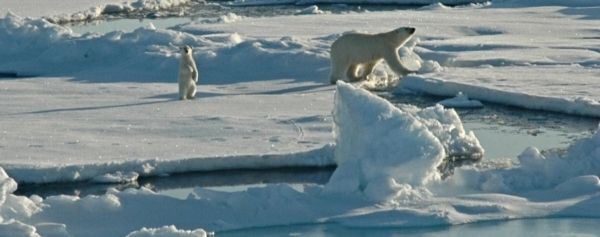During summer months, regions around the world often experience heat waves. A heat wave over land surface is a period of above-normal hot weather lasting two or more days. But another kind of heat wave has the attention of scientists, one that occurs in the ocean.
"Prolonged Marine Heatwaves in the Arctic: 1982—2020," a recent paper lead-authored by NCEI scientists and published in Geophysical Research Letters, documents new evidence of a growing number of marine heatwaves in the Arctic Ocean, which are impacting the marine ecosystem.
Scientists measure sea surface temperature (SST) either in situ (in the ocean) with buoys (moored or drifting) and ships or virtually through satellites. SST provides fundamental information on the global climate system. Periods of extremely warm SSTs are known as marine heatwaves (MHWs).
Continue reading at National Centers for Environmental Information
Image via National Centers for Environmental Information


